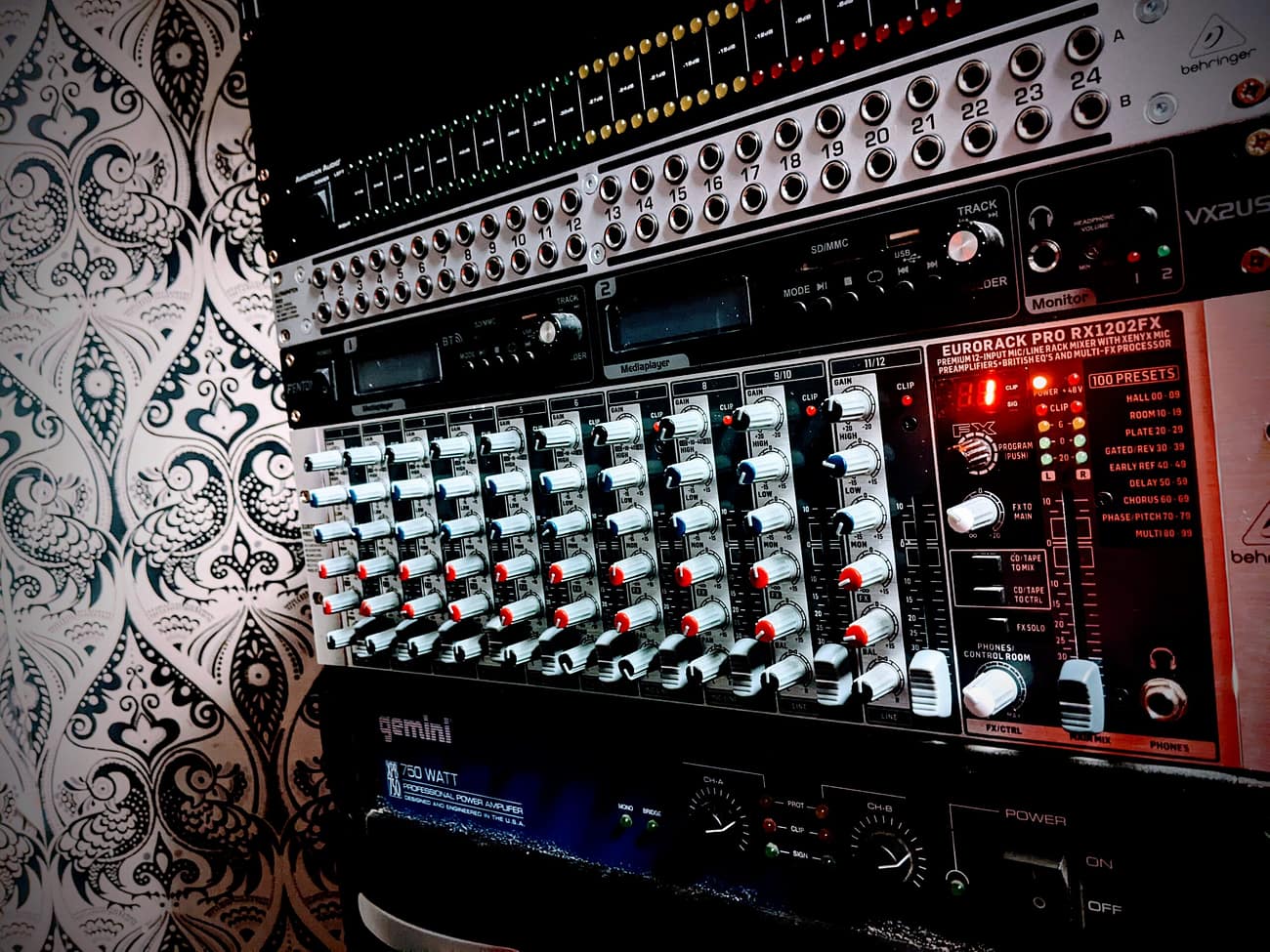
Gain staging. it sounds technical, but it is not as intimidating as it seems.
1: What is Gain Staging Anyway?
Alright. Gain staging is all about managing the levels of audio signals as they flow through your gear. It’s like controlling the volume of different elements in your mix to create a balanced and powerful sound. Think of it as setting the foundation.
2: Finding the Sweet Spot
Now, you might be wondering, “How the heck do I find the right levels?” Well, my friend, it’s all about finding that sweet spot between too quiet and too loud. You don’t want your tracks to be whispering in the club or blowing up your listeners’ eardrums.
When you’re recording, make sure your input levels are healthy. Too quiet and you’ll lose precious detail, but too loud and you’ll end up with nasty distortion
3: Gain Staging in the Digital World
Nowadays, most of us work with digital audio workstations (DAWs). These bad boys offer a ton of flexibility, but they can also trip you up if you don’t watch your gain staging. So, how do you handle it in the digital realm?
First off, avoid pushing your faders and plugins to the max. It might seem tempting to crank up that volume knob to 11, but remember, it’s all about balance. Keep your levels in check and leave some headroom to avoid clipping and distortion.
Use meters in your DAW to monitor your levels. Keep an eye on the peak meter and make sure it stays in the safe zone. Don’t be shy to make adjustments along the way. Experiment with different levels and see what works best for your tracks.

4: The Chain Reaction of Gain Staging
Alright, let me drop some knowledge bombs on you. Gain staging isn’t just a one-and-done deal. It’s a chain reaction. When one element in your signal chain goes out of whack, it can mess up the whole track. So pay attention, fam!
Imagine this scenario: you have a vocal track, but it’s too hot (aka too loud). If you slap on some effects like compression or EQ without adjusting the levels, you’re just amplifying the problem. It’s like throwing gasoline on a fire, and not in a good way.
To avoid this, always keep an eye on the levels throughout your signal chain. Adjust the gain at each stage, whether it’s in your recording interface, plugins, or mixing board. Make sure each element plays nicely with the others and maintains that sweet balance.
Don’t be afraid to adjust your levels, keep an eye on your meters, and ensure each element in your signal chain plays nicely with the others. Embrace the chain reaction of gain staging, and watch your tracks come to life like never before.
So, go forth and experiment with gain staging. Learn from the pros, but also trust your ears

Leave A Comment